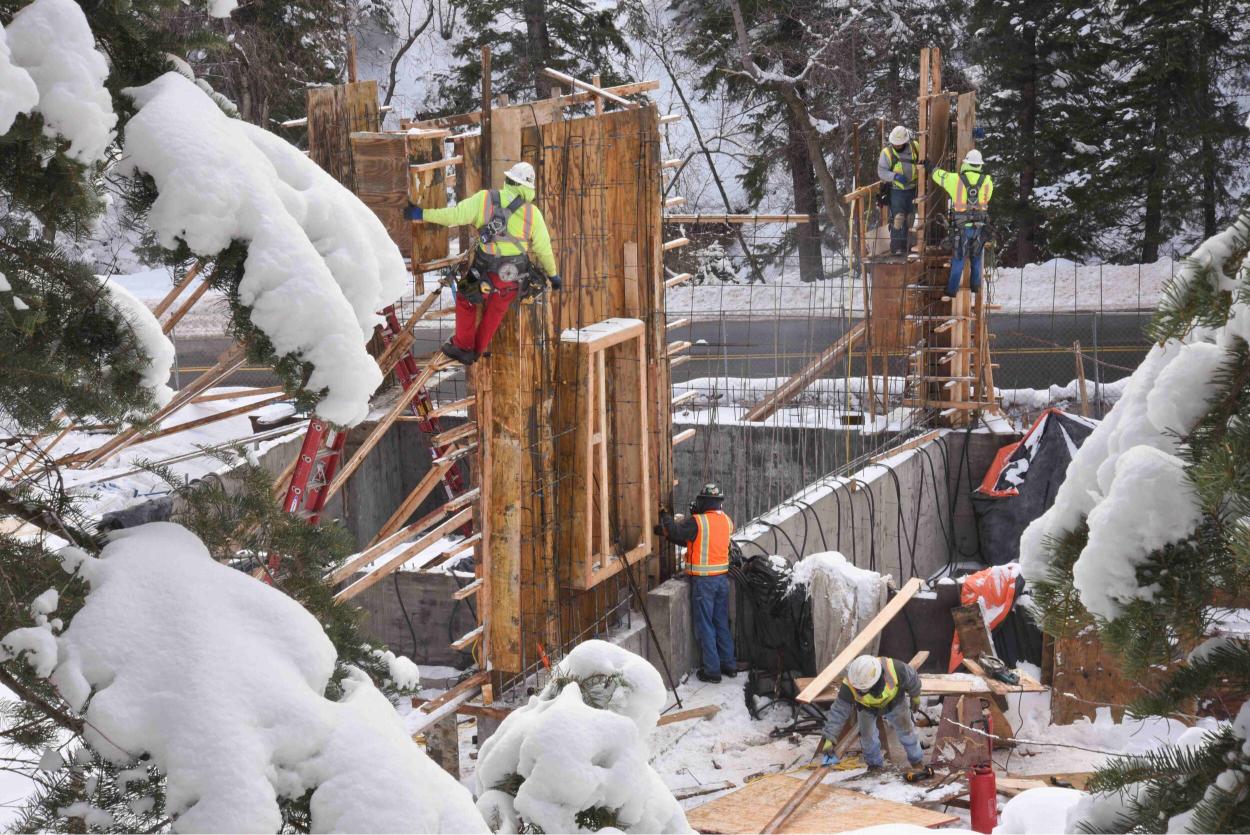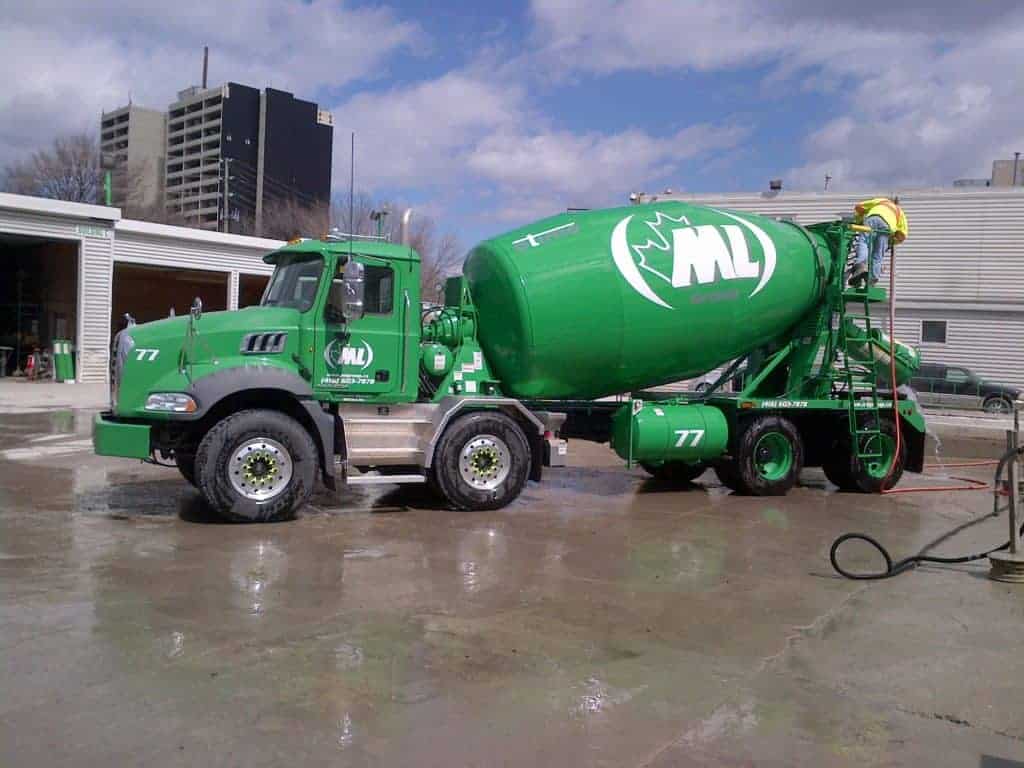When it comes to concreting in cold weather, there are a few things that you need to know in order to ensure that the project goes smoothly. In this blog post, we will be discussing everything from how concrete is affected by cold weather to how to properly pour concrete in cold conditions. We’ll also be covering what types of concrete work best in cold weather and how to protect your new concrete from the harsh elements.
So whether you’re a contractor who needs to know the ins and outs of concreting in cold weather or a homeowner who is planning on doing some DIY concreting this winter, read on for all the information you need!
Why is it necessary to take precautions while concreting in cold weather?
Concreting in cold weather can be tricky. That’s because the colder it gets, the more brittle concrete becomes. This means that if you’re not careful, your concrete could crack or even shatter while it’s setting. In order to avoid this, it is important to take a few precautions while concreting in cold weather.
One of the most important things to remember is that the temperature of both the air and the concrete mix should be as close to freezing as possible when you pour. If it is too warm, your concrete will not set properly and will be susceptible to cracking. You should also make sure that all surfaces surrounding your concrete are covered with insulation or some other form of protection from the elements. And finally, always make sure to follow the specific instructions that come with your concrete mix.
If you take these precautions, you can rest assured that your concrete will set properly and hold up well in cold weather conditions.
How cold is too cold to pour concrete?
While there is no definitive answer to this question, most concrete manufacturers recommend avoiding temperatures below freezing. This is because the colder it gets, the more brittle concrete becomes and the greater the risk of cracking or shattering.
That said, if you are willing to take the necessary precautions, it is possible to pour concrete in temperatures as low as 20 degrees Fahrenheit. Just be sure to consult with your concrete manufacturer beforehand to make sure that you are using a mix that is specifically designed for cold weather conditions.
And remember, even if you don’t live in an area where the temperature regularly dips below freezing, winter can still be a tricky time to pour concrete. That’s because during colder months there is often less sunlight and higher winds which can cause problems with the curing process.
So if you’re planning on concreting in cold weather, be sure to take all of these things into account! And if you’re still not sure whether or not it’s safe to pour concrete in your area, consult with a professional contractor. They will be able to advise you on the best way to proceed and can help ensure that your project goes smoothly.
Will concrete set up in cold weather?
Yes, concrete will set up in cold weather as long as the temperature is near freezing. In fact, many concrete manufacturers design mixes specifically for use in cold weather conditions. However, it is important to remember that the colder it gets, the more brittle concrete becomes and the greater the risk of cracking or shattering. That’s why it’s important to take all necessary precautions when concreting in cold weather.
How long should new concrete be covered in cold weather?
How long you need to cover new concrete in cold weather will depend on the specific mix that you are using. Most manufacturers recommend leaving the concrete covered for at least 48 hours. However, it is always a good idea to consult with your manufacturer beforehand to make sure that you are following their specific instructions.
If you are not able to cover your concrete immediately, be sure to protect it from the elements as best as possible. This could mean using a tarp or other type of covering, or simply piling snow over the top of it. Just be sure not to let the concrete freeze completely, as this could cause damage.
Should you cover concrete with plastic in cold weather?
There is no one definitive answer to this question. Some people say that covering concrete with plastic in cold weather can help protect it from the elements and speed up the curing process. Others claim that doing so can actually cause more problems, such as moisture accumulation and delayed setting times.
That said, if you are going to cover your concrete in cold weather, it is always a good idea to consult with your concrete manufacturer beforehand to make sure that you are using a mix that is specifically designed for cold weather conditions. And be sure to follow their specific instructions on how best to cover your concrete.
In general, it is probably safest not to rely solely on plastic sheeting to protect your concrete in cold weather. Instead, use it in conjunction with other methods, such as snow cover or tarps. This will help to ensure that your concrete is adequately protected from the cold.
Final thoughts on concreting in cold weather
Even if you don’t live in an area where the temperature regularly dips below freezing, winter can still be a tricky time to pour concrete. That’s because during colder months there is often less sunlight and higher winds which can cause problems with the curing process.
So if you’re planning on concreting in cold weather, be sure to take all of these things into account! You can also browse our building materials and Ready-Mix concrete to complete your next project with the most profit.



